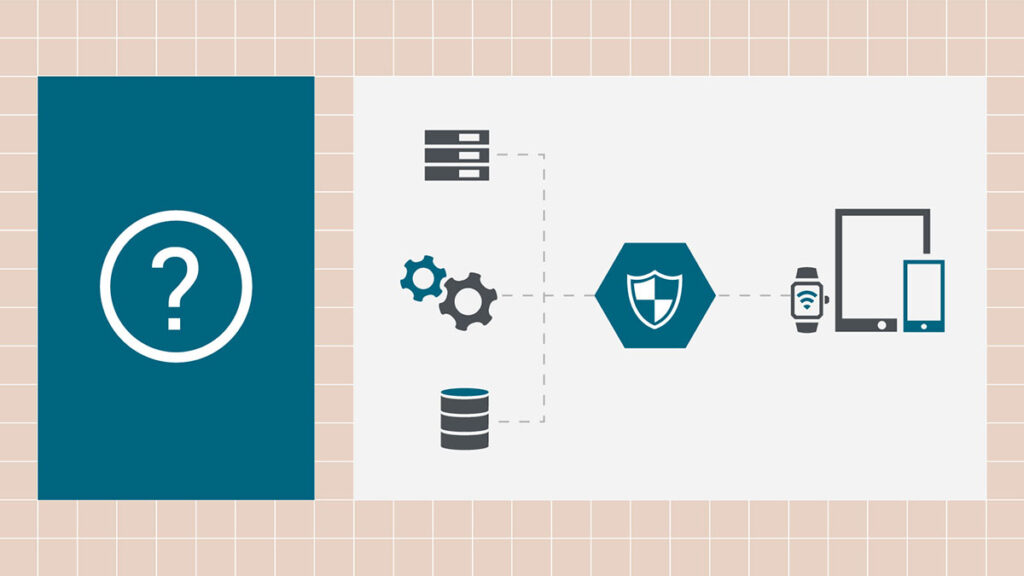In the API ecosystem, API proxies are a common topic of conversation. And it makes sense: an API proxy opens the door to communication. It sits between an API and software applications, managing and controlling the interactions.
The ultimate goal of an API proxy is to make communications secure and fast. It’s a checkpoint to ensure the use of proper credentials and security protocols. It’s also a matter of monitoring activities to log errors, bottlenecks, and potential threats.
A snapshot of how API proxies work
When a client makes an API request, the API proxy intercepts the request. At this point, the API proxy performs a series of functions. These functions include security checks, managing incoming traffic, and transforming data formats and endpoints.
Once all these functions are complete, the API proxy forwards the request to the API’s backend. The API processes the request and sends a response back. Before responding to the client, the API proxy may perform additional logging, data transformation, or error handling. At this point, the client receives a response, and the API interaction is complete.
See also: understanding the difference between an API proxy vs. API gateway
The use of API proxies — for better and worse
API proxies are a common approach to an API governance framework. Acting as gatekeepers, they often front every API or gateway to enforce standards.
With this approach, API providers can monitor their APIs through a centralized approach. They have greater visibility into performance metrics and issues, which provides better insights and faster troubleshooting. At the same time, providers can better manage traffic to optimize resource allocation and curb API abuse.
That said, API proxies are not without their flaws. An API proxy adds a layer of processing that can slow down API performance. It also introduces a single point of failure. Any API proxy issues or downtime can disrupt your API ecosystem.
Axway takes a different approach to API management
Some API management solution providers rely on proxies to enable federated API management. But at Axway, we take a different path.
Our API management solution is genuinely universal and non-obtrusive. Without needing facades or proxies, you have a robust, flexible system that allows for automated API discovery, consumption, subscription, and onboarding.
Unlike the API proxy approach, Amplify Agents do not sit in the data path. Instead, they work with your API gateways – including Amazon, Azure, MuleSoft, Apigee, Istio, Kong as well as unmanaged APIs, eliminating the need for an additional proxy layer.
This method not only simplifies the system architecture but also avoids the increased costs, latency, and deployment time typically associated with proxy-based solutions.
By enabling straightforward API discovery, subscription, and observability, Amplify Agents offer a more efficient and streamlined approach to federated API management without the extra complications or overhead.
The insights you need without the challenges
When Axway surveyed API decision-makers to assess closing the gap between API development and API consumption, centralized tracking and management were cited as key factors driving API adoption.
API proxies may help meet those needs, but they can also hinder performance and introduce unnecessary points of failure. Axway simplifies things. Our approach to federated API management supports lower costs, improved efficiency, decreased risk, and streamlined operations.
Download our checklist for 3 reasons to adopt federated API management now.
It’s one of many reasons industry leaders trust us for their API management needs.
Learn more about Amplify API Management — and schedule a demo to experience our solution firsthand.
